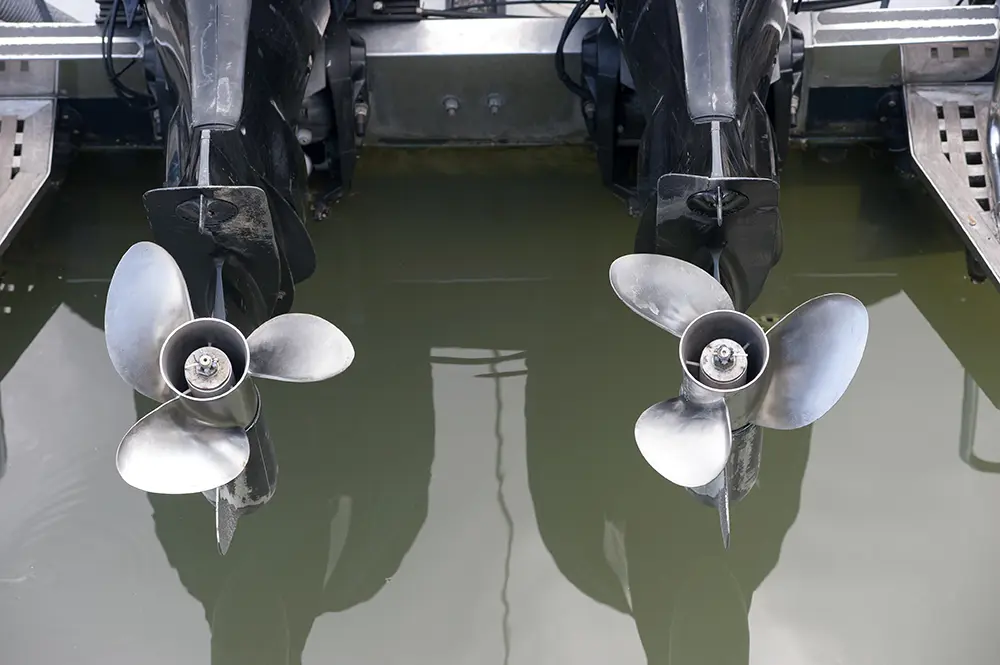Anyone who has any experience owning a stern drive boat knows that the number one cause of damage and deterioration is most often corrosion. With standard drive replacements costing anywhere from $2,500 for a single engine and as much as $5,000 for a twin, it stands to reason that the most cost effective way to ensure the longevity of your ship is to actively prevent the corrosion from happening in the first place. Now keep in mind, not all damage can be prevented and over time eventually the integrity of all boat parts will decline, but in the meantime here is a little bit of information you should know starting out about stern drives and how to maintain them.
Most problems with corrosion occur because:
- The cast aluminum that stern drives are made from is not conducive for extensive use due to higher concentrations of other metals such as stainless steel, steel, and iron causing greater risks of galvanic action and stray currents.
- Repeated collisions with debris in the water and various species of marine growth, including well-known barnacles, effectively compromise the integrity of a stern drive’s protective paint causing water to seep in and corrosion to begin.
The only way to effectively prevent damage and corrosion to your stern drives is to maintain the aluminum’s protective coating, and the best way to do that is with a specialized anti-fouling paint. This can be a tricky process since neither boatyards nor boat owners often understand the proper way to apply it, but when done correctly it can be a real time and money saver. If you are trying to find someone to apply an anti-fouling coat on your drives, always ensure that they meticulously clean, sand down, and properly prime every nook and cranny before applying the paint, otherwise your efforts will be wasted every time. If you already have extensive damage or corrosion to your drives, then be prepared to spend the money to have everything taken apart and thoroughly cleaned and prepared before the specialized paint can be applied.
After your anti-fouling paint has been applied to your stern drives, keep them underwater as much as possible to prevent air exposure from compromising its effectiveness. Make sure you check them routinely. You may find moss and other minor “soft growth,” which can be easily cleaned off with a soft bristled brush, but when you start to notice “hard growth” such as more barnacles appearing, it’s time to pull your boat and start reapplying additional coats of the anti-fouling coating. Never use a hard bristled brush on your drives, as it will scrape the pain off and allow water to get in and wreck havoc.
Aside from corrosion, always make an effort to inspect the quality of the surrounding parts that contribute to the stern drive’s function. Checking your shafts for bends, your hoses for imperfections, your electrical faults for voltage imbalances, and ensuring everything is properly lubricated at all times can go a long way in ensuring you’re able to enjoy your ship for many years, as well as save tons of time and money. If you are considering the purchase of a new or used boat and are looking for a marine surveyor, call Christian today at 1.810.531.0992 or fill out the form in the sidebar to schedule your free consultation.
